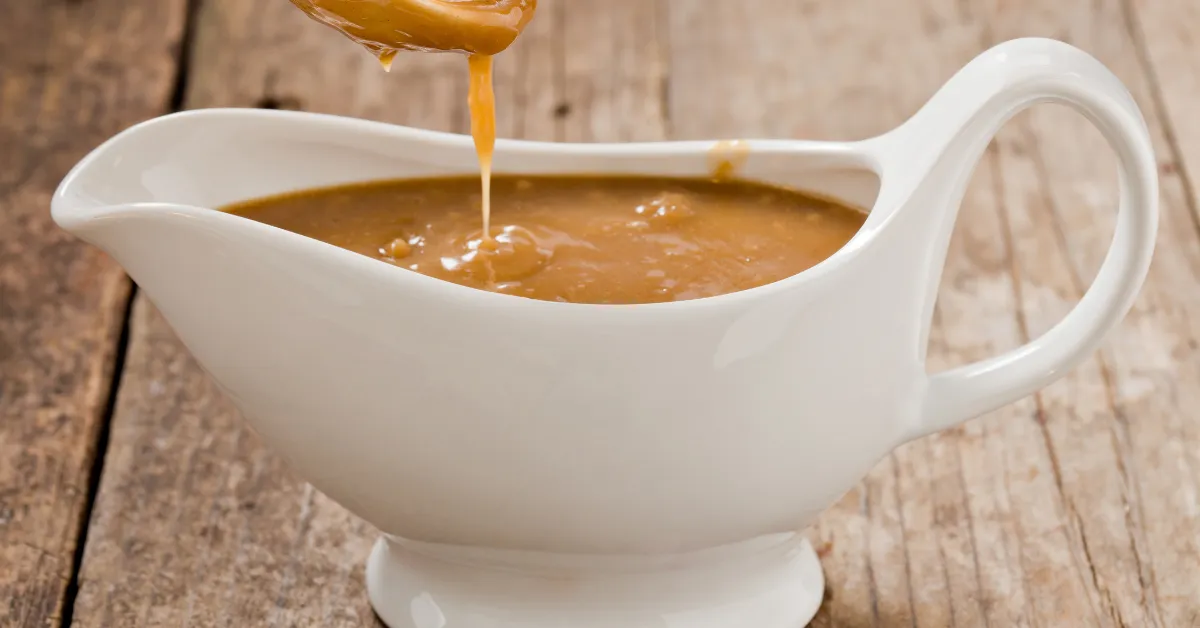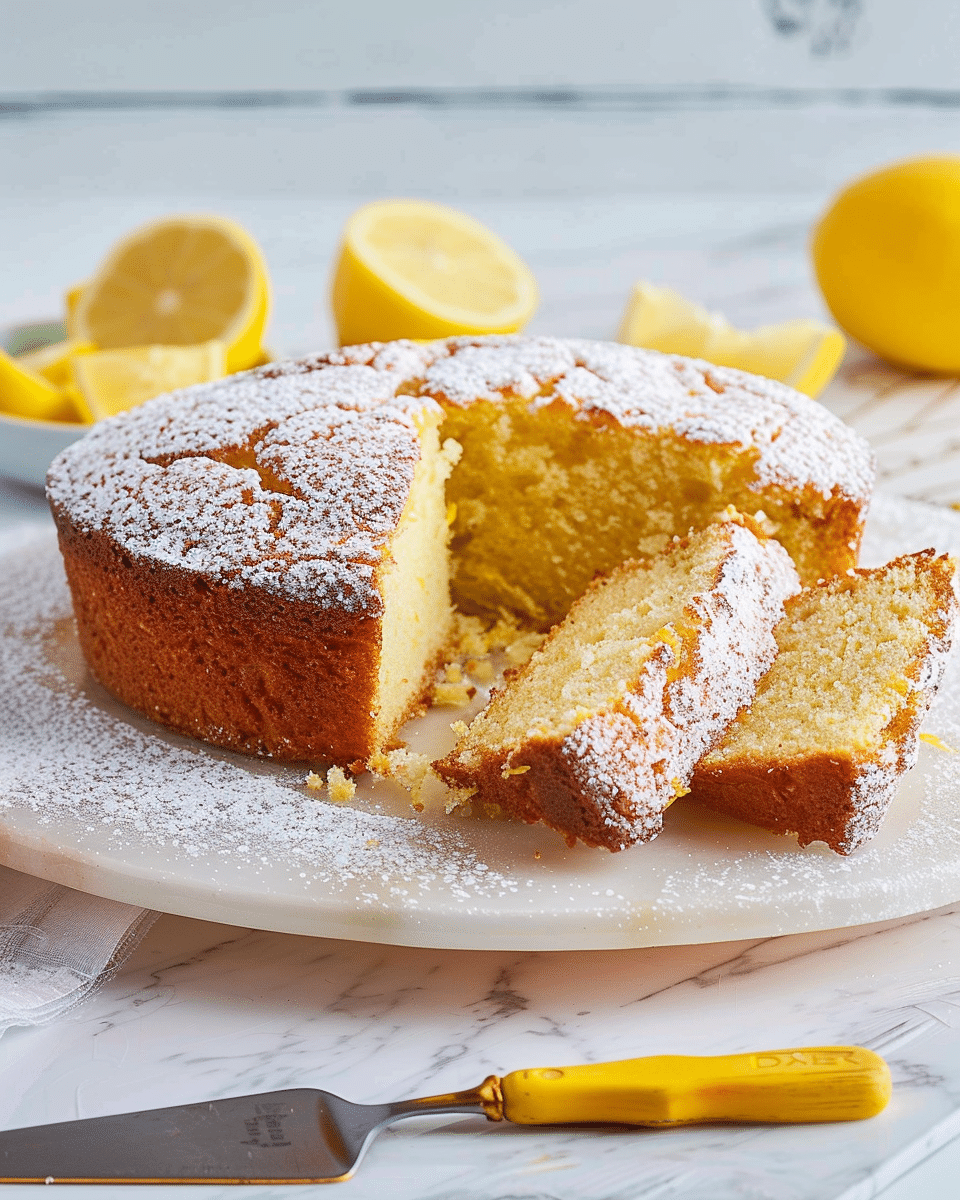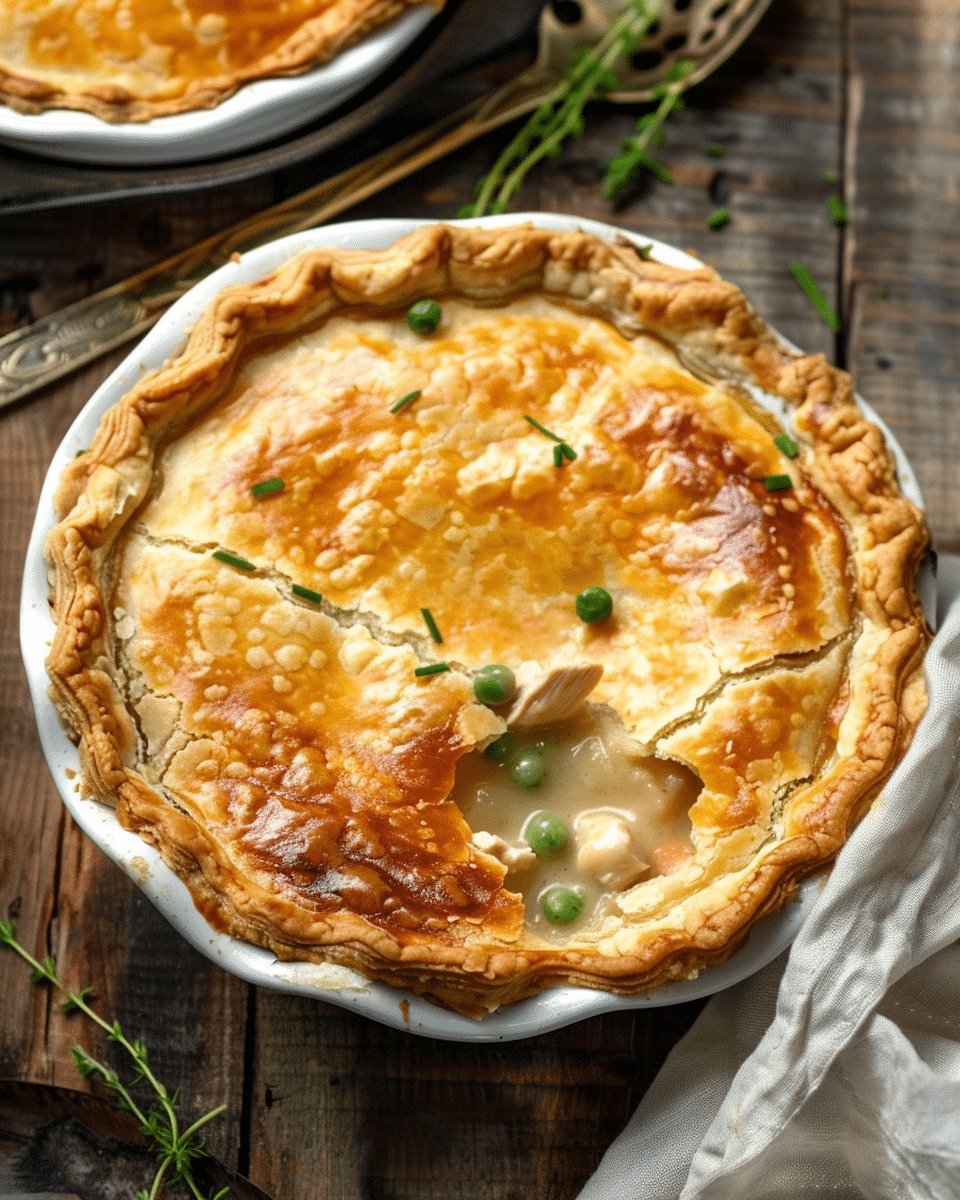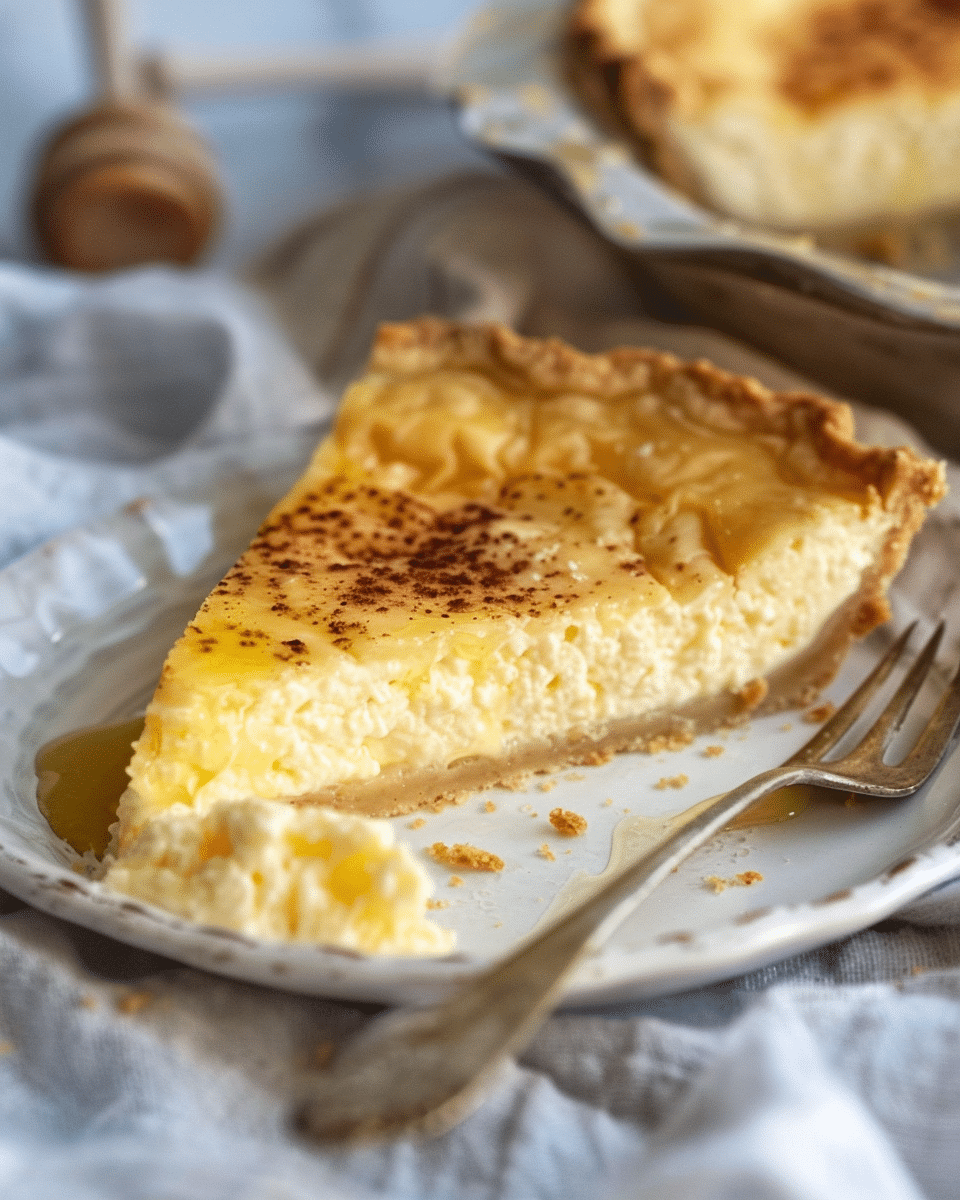Gravy, a beloved staple in many cuisines, has sparked a debate that has simmered for generations: Is gravy better with flour or cornstarch? Both have their merits, but which reigns supreme? Let’s embark on a flavorful journey to find out.
Is Gravy Better With Flour Or Cornstarch?
Gravy, a beloved accompaniment to many dishes, often sparks a culinary debate: Is it better with flour or cornstarch? Both ingredients serve as thickening agents, but they have distinct characteristics that can influence the outcome of your gravy. Let’s delve into the pros and cons of each to help you make an informed decision.
Flour-based Gravy:
Pros:
- Taste and Texture: Flour-based gravies tend to have a robust and hearty flavor. The texture is slightly grainy, giving it a traditional feel that many people associate with homemade gravies.
- Versatility: Flour can be used to make a roux (a mixture of fat and flour), which can add depth of flavor to the gravy.
- Availability: Flour is a staple in most kitchens, making it a convenient choice.
Cons:
- Gluten Content: Flour contains gluten, which can be problematic for those with gluten sensitivities or celiac disease.
- Risk of Lumps: If not mixed properly, flour can create lumps in the gravy.
Cornstarch-based Gravy:
Pros:
- Taste and Texture: Gravies thickened with cornstarch are clear, glossy, and smooth. They have a neutral taste, ensuring that the primary flavors of the gravy (like meat or vegetable broth) shine through.
- Gluten-Free: Cornstarch is naturally gluten-free, making it suitable for those with dietary restrictions.
- Thickening Power: Cornstarch has twice the thickening power of flour, so you need less of it.
Cons:
- Gel-like Consistency: If overused, cornstarch can give the gravy a slightly gelatinous texture.
- Not Ideal for Prolonged Cooking: Gravies with cornstarch can thin out if cooked for an extended period.
Conclusion:
The choice between flour and cornstarch ultimately depends on personal preference and dietary needs. If you’re aiming for a traditional, hearty gravy, flour might be your best bet. However, if you’re looking for a clear, glossy gravy or need a gluten-free option, cornstarch is the way to go. Remember to measure accurately and mix thoroughly to achieve the perfect consistency for your gravy.
Flour-based Gravy: Pros and Cons
Gravy, a staple in many cuisines, has been the center of numerous culinary discussions. One of the most debated topics is whether flour or cornstarch makes the best thickening agent. In this section, we’ll delve deep into the world of flour-based gravy, exploring its advantages and disadvantages.
Taste and Texture
Firstly, when it comes to taste and texture, flour-based gravy has a distinct advantage. It offers a rich, hearty flavor that many describe as “homemade” or “traditional.” The texture is usually smoother and can be easily adjusted to be either thick or thin, depending on one’s preference. However, some might argue that flour can sometimes leave a slightly grainy texture if not cooked long enough or properly mixed.
Nutritional Value
Moving on, flour, especially when used in its whole grain form, can add nutritional value to the gravy. Whole grain flours are rich in fiber, vitamins, and minerals. However, it’s essential to note that the nutritional content can vary based on the type of flour used. White flour, for instance, has fewer nutrients compared to its whole grain counterparts.
Cooking Techniques
Lastly, working with flour in gravy requires a bit of skill. Traditionally, a roux is made by combining equal parts of flour and fat (like butter or oil) and cooking it until it forms a paste. This roux is then slowly incorporated into the liquid, ensuring a lump-free gravy. The key is to cook the flour long enough to remove the raw taste but not so long that it burns. On the flip side, this method allows for a deeper flavor development, as the roux can be browned to various degrees to influence the final taste of the gravy.
In conclusion, flour-based gravy has its set of pros and cons. While it offers a traditional taste and can be nutritionally beneficial, it requires a bit more expertise in the kitchen. The choice between flour and cornstarch ultimately boils down to personal preference and the specific requirements of the dish in question
Cornstarch-based Gravy: Pros and Cons
Gravy, the luscious sauce that elevates many dishes, has seen variations in its preparation over the years. While flour has been a traditional choice for many, cornstarch has emerged as a popular alternative. Let’s dive into the world of cornstarch-based gravy and weigh its strengths and weaknesses.
Taste and Texture
To begin with, cornstarch-based gravies are known for their clear, glossy finish, which can be visually more appealing than the opaque finish of flour-based gravies. In terms of taste, cornstarch doesn’t impart any distinct flavor, allowing the primary ingredients of the gravy to shine through. The texture is velvety and smooth, without any risk of graininess, a common concern with flour.
Nutritional Value
On the nutritional front, cornstarch is primarily a carbohydrate, devoid of any significant vitamins or minerals. It’s gluten-free, making it a suitable choice for those with gluten sensitivities or celiac disease. However, it doesn’t offer the same nutritional benefits as whole grain flours, which can be a consideration for those looking to maximize the health benefits of their meals.
Cooking Techniques
When it comes to cooking, cornstarch is relatively straightforward to use. It’s typically mixed with a cold liquid to form a slurry before being added to the hot gravy base. This method ensures a lump-free consistency. One notable advantage is that cornstarch-based gravies thicken quickly, reducing the cooking time. However, caution is needed as overcooking or excessive stirring can break down the cornstarch molecules, leading to a thin gravy.
In summation, cornstarch-based gravy presents its own set of advantages and disadvantages. Its clear, glossy appearance and neutral taste can be desirable for many dishes, and its gluten-free nature is a boon for those with dietary restrictions. However, its lack of nutritional depth and the care required in cooking might sway some towards traditional flour-based options. The choice, as always, rests on individual preferences and the specific needs of the dish at hand.
Comparing Flour and Cornstarch: A Culinary Perspective
The culinary world is vast and diverse, with every ingredient having its unique place and purpose. When it comes to thickening agents, especially for gravies and sauces, flour and cornstarch stand out as the two primary contenders. Both have been used for centuries, but each brings its own set of characteristics to the table. Let’s delve into a comparative analysis from a culinary standpoint.
Which is Easier to Work With?
Starting off, flour, being a staple in most kitchens, is familiar to many home cooks and chefs alike. Its use in making a roux, which involves cooking it with fat, is a technique that’s been passed down through generations. While this method offers depth of flavor, it also requires careful attention to avoid lumps and achieve the desired consistency.
Cornstarch, on the other hand, is more forgiving. A simple slurry made with cold water or broth ensures a smooth consistency when added to hot liquids. The rapid thickening action of cornstarch can be both an advantage, for its efficiency, and a challenge, as overcooking can lead to thinning.
Versatility in Different Cuisines
Diving into versatility, flour is ubiquitous in Western cuisines, especially in traditional dishes that rely on roux-based sauces. Its ability to provide a creamy texture and subtle flavor makes it a favorite for dishes like béchamel, stews, and of course, gravies.
Cornstarch finds its stronghold in Asian cuisines, particularly in dishes that require a clear, glossy sauce. Think of the velvety sauces in stir-fries or the thick glazes in sweet and sour dishes. Its neutral taste ensures that the primary flavors of the dish remain undiluted.
Cost and Availability
From an economic perspective, both flour and cornstarch are generally affordable and widely available. Flour, given its widespread use in baking and cooking, is a pantry staple in many households across the globe. Cornstarch, while perhaps not as universally present, is still easily found in most grocery stores, especially in areas with a significant Asian culinary influence.
In conclusion, the choice between flour and cornstarch is not just about thickening but also about the desired outcome in terms of flavor, texture, and appearance. While both have their merits and demerits, understanding their unique properties can empower a cook to make informed decisions, tailoring their dishes to perfection. The beauty of cooking lies in experimentation, and both these agents offer ample opportunities for culinary creativity.
Environmental Impact: Which is Greener?
In today’s world, where sustainability and environmental consciousness are paramount, many people are keen to understand the environmental impact of their choices, even down to the ingredients they use in cooking. When it comes to flour and cornstarch, both derived from crops, the question arises: Which is greener? Let’s delve into the environmental implications of producing and processing these two staples.
Flour (Wheat-based):
Pros:
- Crop Rotation: Wheat, especially when used in crop rotation systems, can improve soil health by breaking the cycle of pests and diseases. This can reduce the need for pesticides.
- Water Usage: In regions where wheat is a native or well-adapted crop, it may require less irrigation compared to crops like corn.
Cons:
- Pesticides and Fertilizers: Conventional wheat farming can involve the use of synthetic pesticides and fertilizers, which can have detrimental effects on the environment.
- Tilling: Traditional wheat farming often involves tilling, which can lead to soil erosion and the release of carbon dioxide.
Cornstarch (Derived from Corn):
Pros:
- Biofuel Production: Corn is a primary source for biofuels like ethanol, which can serve as a more environmentally friendly alternative to fossil fuels.
- No-Till Farming: Some modern corn farms use no-till methods, which can reduce soil erosion and maintain soil health.
Cons:
- Water Consumption: Corn, especially in areas where it’s not native, can require significant amounts of water for irrigation.
- Pesticides and Herbicides: Corn farming, especially GMO varieties, can involve heavy use of pesticides and herbicides, impacting soil and water quality.
- Monoculture: Large-scale corn production often involves monoculture farming, which can reduce biodiversity and make crops more susceptible to pests and diseases.
Conclusion:
Neither flour nor cornstarch can be definitively labeled as “greener” without considering the broader context. The environmental impact of each depends on farming practices, regional factors, transportation, and processing methods. For those keen on making environmentally-friendly choices, it’s essential to look for sustainably-produced versions of both products. Organic, non-GMO, and locally-sourced options tend to have a lower environmental footprint. As consumers, supporting sustainable agricultural practices by making informed choices can contribute to a greener planet.
FAQs
Why does my gravy taste like flour?
If your gravy tastes like flour, it’s likely because the flour wasn’t cooked long enough to remove its raw flavor. When using flour as a thickening agent, it’s essential to cook it thoroughly, either by making a roux (cooking flour and fat together) or by simmering the gravy after adding the flour until it loses its raw taste. To avoid this in the future, ensure you cook the flour for several minutes before adding your liquid or let the gravy simmer for a bit longer after incorporating the flour.
Can I use flour instead of cornflour?
Yes, you can use flour instead of cornflour (or cornstarch, as it’s known in some regions). However, there are a few things to keep in mind:
- Thickening Power: Flour doesn’t have as much thickening power as cornflour. Typically, you’ll need twice as much flour to achieve the same thickening effect as cornflour.
- Texture and Appearance: Gravies or sauces thickened with flour tend to be opaque and can have a slightly grainy texture, while those thickened with cornflour are clear and smooth.
- Cooking Time: Flour needs a longer cooking time to get rid of its raw taste, whereas cornflour thickens quickly.
Does gravy thicken as it cools?
Yes, gravy does thicken as it cools. As the temperature drops, the starch molecules in the thickening agent (whether it’s flour, cornstarch, or another thickener) absorb more liquid, causing the gravy to become more viscous. If your gravy is slightly thinner than you’d like when it’s hot, it might be just right by the time it cools down a bit.
Can I use flour instead of cornstarch?
Yes, flour can be used as a substitute for cornstarch as a thickening agent. However, there are differences in how they work:
- Amount Needed: You’ll typically need twice the amount of flour to achieve the same thickening effect as cornstarch.
- Texture: Gravies or sauces thickened with flour have a more opaque appearance and can sometimes be a bit grainy. In contrast, cornstarch gives a clear, glossy finish.
- Cooking: Flour-based gravies need to be cooked longer to eliminate the raw flour taste, while cornstarch thickens quickly and doesn’t require prolonged cooking.
Conclusion
In the culinary world, understanding the nuances of ingredients and their interactions is crucial. Whether it’s choosing between flour and cornstarch for thickening a gravy or understanding the reasons behind certain flavors and textures, knowledge empowers us to make informed decisions in the kitchen. While both flour and cornstarch have their unique attributes and applications, the best choice often boils down to personal preference, dietary needs, and the specific requirements of a recipe. By staying informed and experimenting, we can continue to refine our culinary skills and create dishes that delight the palate and satisfy the soul. And if you’re in the mood for something different, why not try a sausage gravy recipe for a delightful twist?








